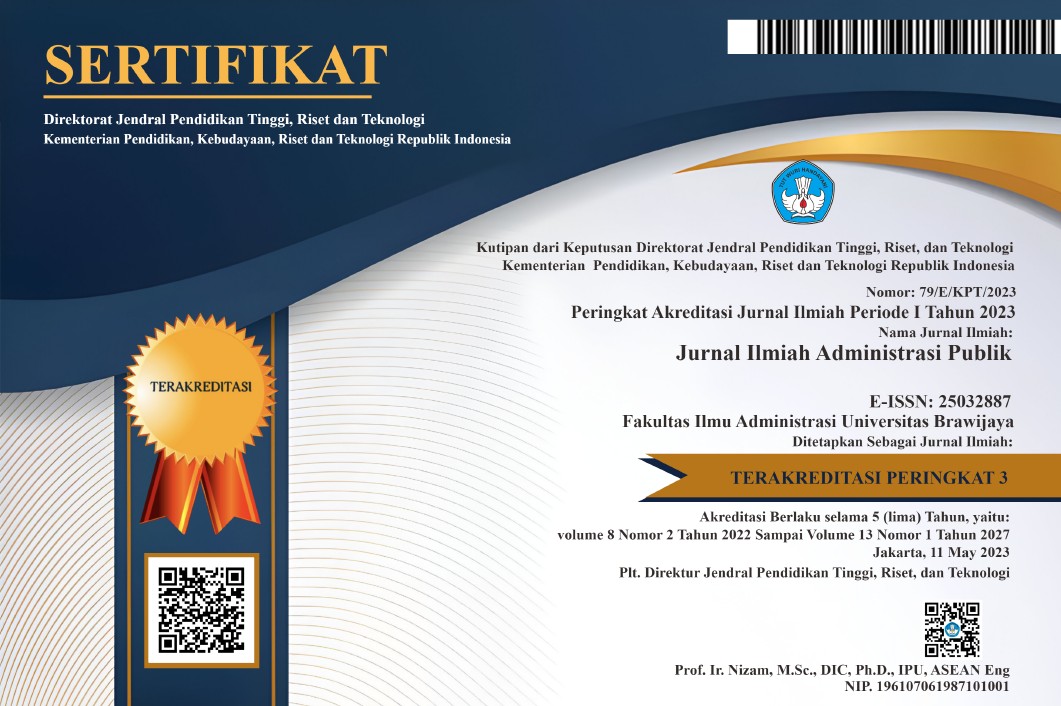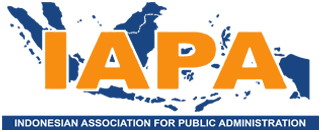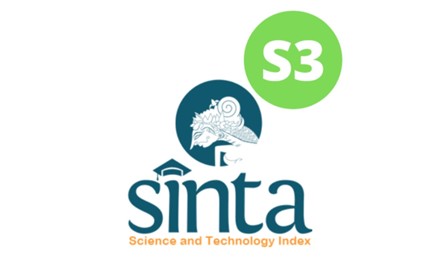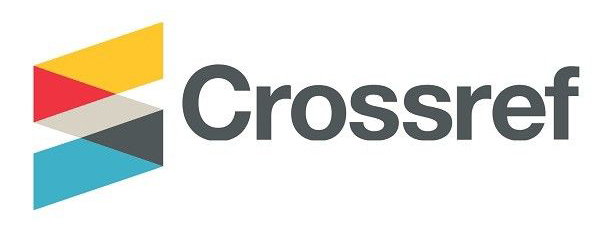Analisis Pelaksanaan Sistem Pengendalian Intern Pemerintah di Indonesia
DOI:
https://doi.org/10.21776/ub.jiap.2019.005.01.10Keywords:
internal control, Government Internal Control SystemAbstract
Law Number 1 of 2004 concerning State Treasury Managing Government Systems in Indonesia. The Government of Indonesia has issued Government Regulation Number 60 of 2008 concerning the Government's Internal Control System. Since the stipulation of Government Regulation Number 60 of 2008 has been approved for 10 years the regulation has been applied. However, the policy contained in Government Regulation Number 60 of 2008 has not been fully approved in Indonesia. The results of the government's internal control system maturity evaluation of the maturity level of SPIP are still far from the Government's target. In addition, the Supreme Audit Agency also found weaknesses in the Indonesian Government's internal supervision system in 2015-2017 inspections. Things that hinder the implementation of the government's internal control system in Indonesia include: (a) Weakness in terms of content and policy context; (b) There is no effect of applying sanctions; (c) Less consideration, according to consideration; (d) Error in agreement; (e) Management neglect; and (f) Collusion.References
Andersen, E.S., & Jessen, S.A. (2003). Project Maturity in Organizations. International Journal of Project Management, Vol. 21, pp.457-461.
Anthony, Dearden, Bedford. (1989). Sistem Pengendalian Manajemen. Jakarta: Erlangga.
BPK. (2018). Ikhtisar Hasil Pemeriksaan Semester (IHPS) I BPK Tahun 2015-2017. Jakarta: BPK.
Badan Pengawas Keuangan dan Pembangunan (BPKP). (2019). Laporan Hasil Monitoring Capaian SPIP Pada K/L/D Per 5 April 2019. Jakarta: BPKP.
Bartol, Kathryn M., Margaret Tein., Graham Matthews., & Bishnu Sharma. (1996). Management: A Pacific Rim Focus. NSW, Australia: McGraw- Hill Book Company.
Coderre, David. (2009). Internal Audit Efficiency through Automation. Hoboken, New Jersey: John Wiley & Sons, Inc.
Commitee of Sponsoring Organizations of the Treadway Commission (COSO). (1992). Internal Control-Integrated Framework. Durham: COSO.
Crawford, L.H., & Cooke-Davis, T. (2005). Project Governance: The Pivotal Role of the Executive Sponsor. PMI Global Proceedings, toronto, Canada.
Fayol, H. (1917). General and Industrial Management. Dunot et E. Pinat, France.
Flamholtz, Eric G. (1996). Effective Management Control: Theory and Practice. Kluwer Academic Publisher, Netherland.
Grindle, Merilee S. (1980). Politics and Policy Implementation in Third World. New Jersey: Princeton University Press.
Gulick, Luther. (1937). Papers on The Science of Administration. New York: Institute of Public Administra-tion, Columbia University.
IIA (The Institute of Internal Auditors). (2017). Issue 8: Global Perspectives and Insights Audit Internal dan Audit Eksternal Perbedaan Peranan dalam Tata Kelola Organisasi. The Institute of Internal Auditors, Jakarta.
IIA (The Institute of Internal Auditors). (2013). Practice Guide, Selecting, Using, and Creating Maturity Models: A Tool for Assurance and Consulting Engagements. The Institute of Internal Auditors (Global), US.
Konrath, Larry F. (1996). Auditing: Concepts and Applications, A Risk Analysis Approach (3rd ed.). Minnesota: West Publishing Company.
Nugroho, Riant. (2012). Public Policy. Jakarta: PT. Gramedia.
Pickett, K. H. Spencer. (2010). The Internal Auditing Handbook. West Sussex, England: John Wiley & Sons.
Pusdiklatwas BPKP. (2016). Modul Penilaian Maturitas Sistem pengendalian internal Pemerintah. Pusat Pendidikan dan Pelatihan Pengawasan BPKP, Bogor.
Sekaran, Uma. (2009). Metodologi Penelitian untuk Bisnis Buku I (Ed 4). Jakarta: Salemba Empat.
Stoner, James A.F., Freeman, Edward R., & Gilbert, Daniel R, Jr. (1995). Management. Engelwood Cliffs, New Jersey: Prentice-Hall, Inc.
Sujamto. (1983). Beberapa Pengertian di Bidang Pengawasan. Ghalia Indonesia: Jakarta.
Terry, George R. (1992). Dasar – dasar Manajemen. Jakarta: PT Bumi Aksara.
Walsh, J. P., & J. K. Seward. (1990). On The Efficiency Of Internal And External Corporate Control Mechanisms. Academy Of Management Review, Vol. 15, No. 3, pp. 421-458.
Downloads
Published
Issue
Section
License
If your paper is accepted, the author identified as the formal corresponding author for the paper will receive an email prompting them to login into Author Services; where via the JIAP Author Licensing Service they will be able to complete the license agreement on behalf of all authors on the paper.














